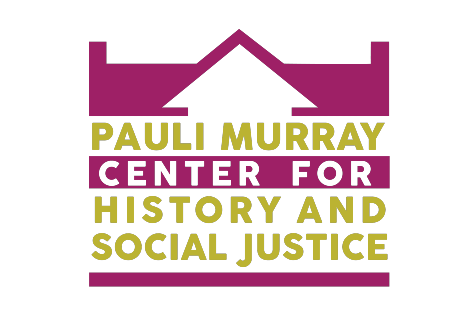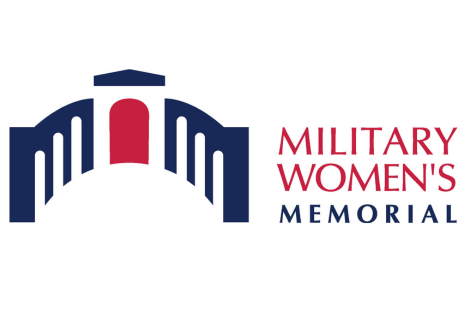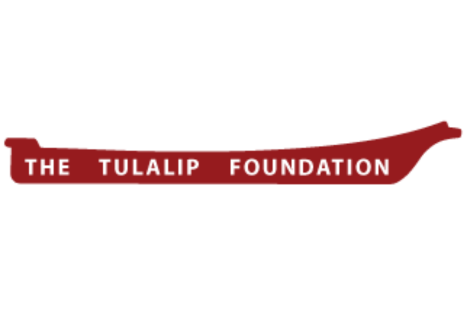
Living Legacy Initiative
Current partners
In July 2022, the majority of Appalshop’s archive was submerged in a 1,000-year flood.
Appalshop started as a film workshop in 1969 but expanded its mission to include documenting and celebrating Appalachian culture through theater, music, photography and literary programs. The Appalshop archive is one of the largest audio-visual repositories of central Appalachian history.
The Living Legacy Initiative is supporting the secure, climate-controlled storage of Appalshop's archive in Iron Mountain’s cold storage facility and providing support for a more robust online archive as the assets are cleaned and digitized.
Learn more
CyArk uses the power of 3D technology to make the world’s cultural heritage accessible to new audiences and future generations.
CyArk digitally records, safeguards and archives world heritage sites, while also making each site accessible online through their interactive Tapestry Tour platform.
With the support provided by the Living Legacy Initiative, CyArk makes it possible to explore cultural heritage sites through their 3D Tapestry Tours in the Iron Mountain collection created by CyArk. Many of the guided tours also include accompanying lesson plans that can be used by educators and students to discover stories of our collective past.
Learn more
National Geographic Society is a global nonprofit organization dedicated to using the power of science, exploration, education, and storytelling to illuminate and protect the wonder of our world.
The Society engages an international network of Explorers, diverse communities of changemakers and leaders, as well as strategic partners and collaborators, to pursue innovative solutions to address the world’s most critical issues.
The Living Legacy Initiative is supporting Explorer Victoria Herrmann's project, Preserving Legacies: A Future for our Past. The project provides training and support for community custodians of important natural and cultural heritage sites, equipping them to identify and mitigate threats posed by climate change. This includes creating climate change educational resources, developing an online forum focused on community-inclusive and proactive climate-risk reduction strategies, and capturing the stories of site custodians to share with other practitioners and the public through art and film.
Learn more
People’s Palace Projects investigates the power of creativity and collaborates with marginalized communities to make change.
People's Palace Projects (PPP) has been working with the Wauja people in the Xingu territory since 2018 when it was discovered that the Sacred Cave of Kamukuwaká had been destroyed. PPP and its partner, Factum Foundation, created a replica of the cave at a workshop in Madrid through the use of 3D technology, art, and in-depth consultation of the Wauja peoples’ ancestral knowledge.
Once the cave replica was ready for transport, Crozier Fine Arts, an Iron Mountain business, facilitated the transportation from Madrid to the interior of the Amazon rainforest. The Living Legacy Initiative provided funding for the building of the Museum and Monitoring Centre that houses the cave and is helping to share the story of restored cultural heritage and indigenous resiliency on a global scale.
Learn more
World Monuments Fund (WMF) is devoted to safeguarding the world’s most treasured places to enrich people’s lives and build mutual understanding across cultures and communities.
In the Kathmandu Valley of Nepal, a system of traditional public water fountains, known as hitis, has provided water to local communities for over 1,500 years. The hitis serve not only as sources of water for many low-income households, but also as important cultural and religious landmarks for the people of the Kathmandu Valley. Unfortunately, due to neglect and continuing development, only a portion of existing hitis still provide water, while others are completely lost.
The Living Legacy Initiative provided funding to the Hitis Water Heritage Rehabilitation Project which is supporting the rehabilitation of 2 - 4 hitis in the Kathmandu Valley. In addition, the project is developing implementation guidelines for further hiti rehabilitation with the goal of preserving culture and ensuring continued water provision for locals in the face of mounting water insecurity due to climate change.
Learn more
Past partners


Pauli Murray Center for History & Social Justice

National WWII museum

Military Women’s Memorial

The Tulalip Foundation

British Film Institute

United States Holocaust Memorial Museum

University of Central Florida



